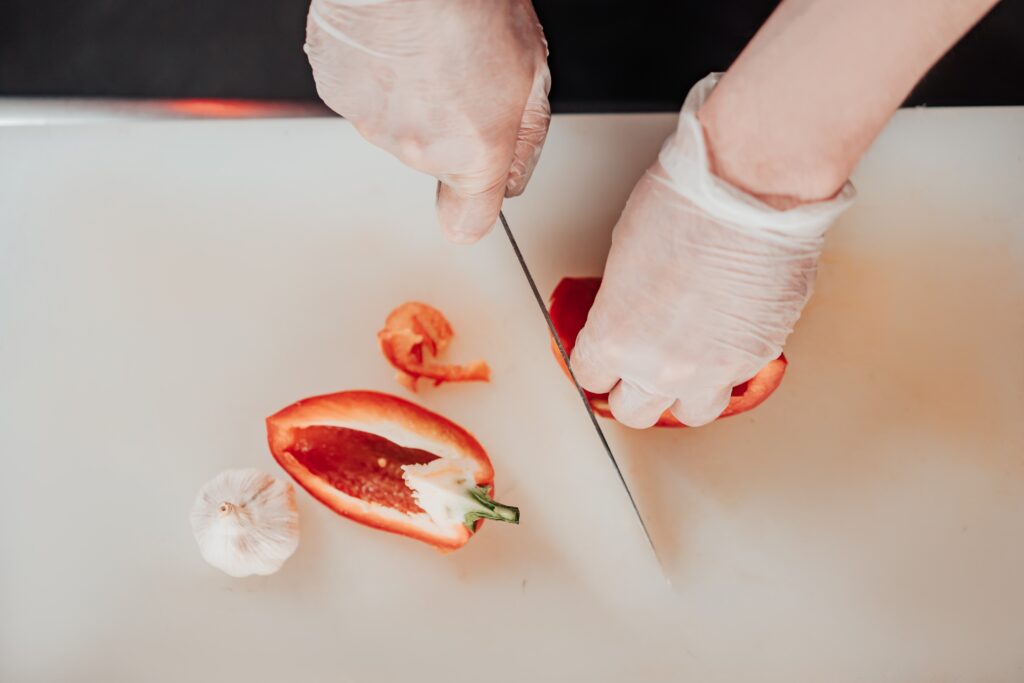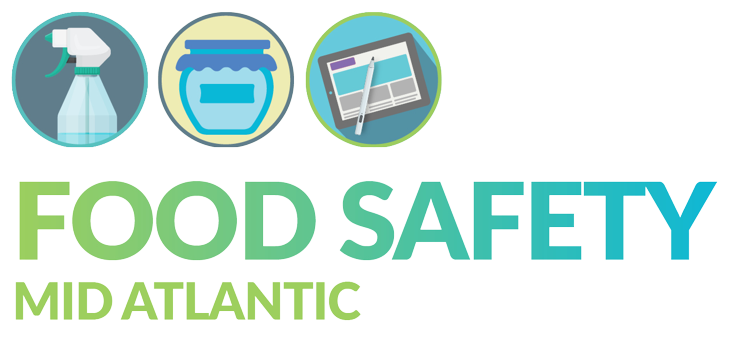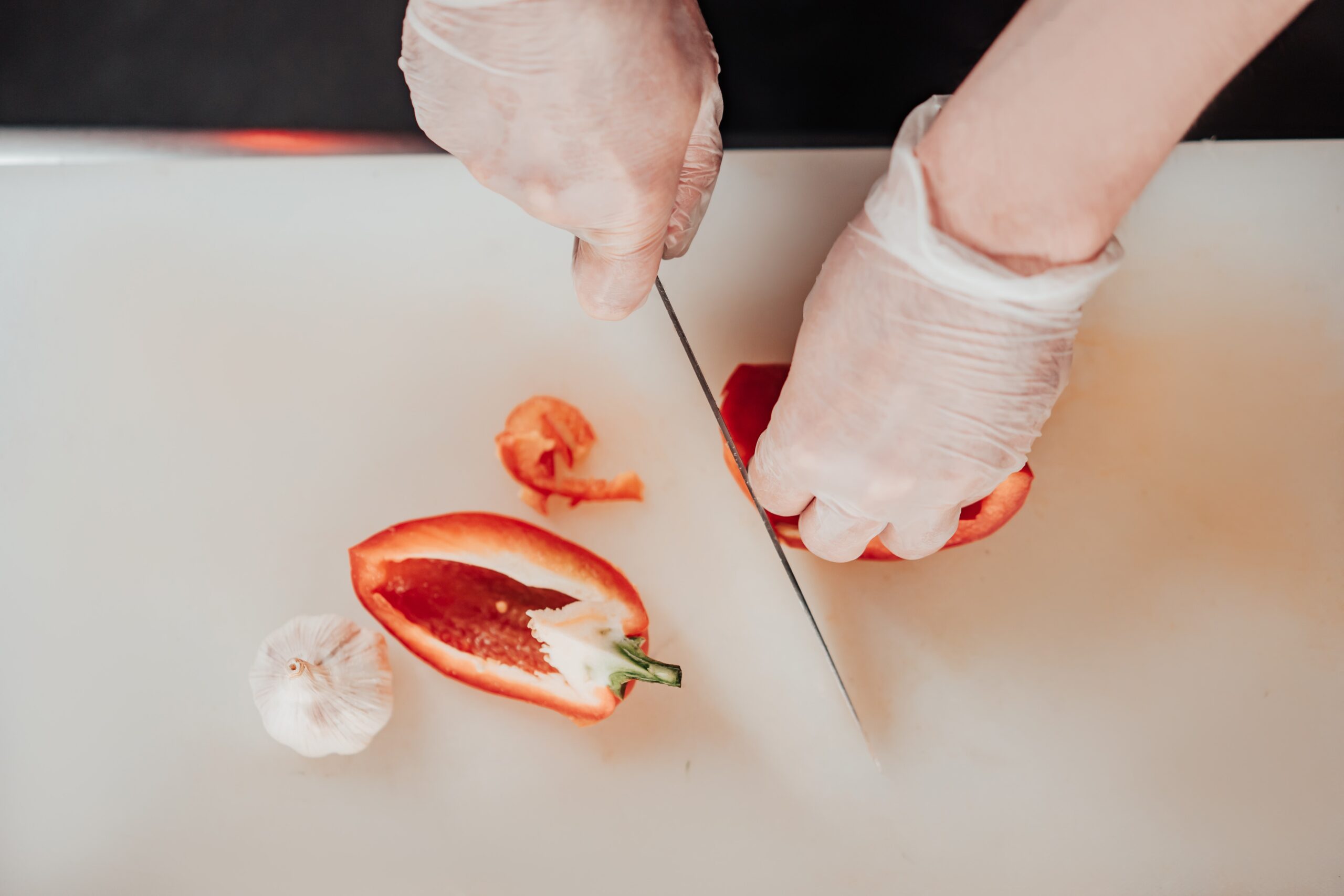
I define food safety as the process of ensuring that our food does not harm us in the short term. Therefore, to understand food safety, we have to continually understand how our food could harm us. This potential harm varies depending on how and where the food is produced. Contemplating the “what ifs” of potential harm is especially important when thinking about scaling up food production.
For example, what if…
- raw food and cooked food are prepared on the same surface?
- the sanitizer concentration is slightly less than what the manufacturer recommends?
- a peanut falls into your nut free granola bar mix?
- your colleagues show up to work unwell?
- your storage containers aren’t properly sealed?
- the commercial space you work out of to produce a gluten free product is also home to a baker?
- an incorrect label is placed onto a product and then sent to a wholesale client?
- the food safety plan is only followed for every other batch?
Each of these questions identifies a possible scenario where food safety can be compromised.
Raw and cooked foods on the same surface could lead to the transfer of pathogens from the raw to the cooked.
A lower concentration of sanitizer could mean that dishes are not properly cleaned leading to cross contamination.
A peanut in your nut free granola bar could cause a consumer to have a serious allergic reaction.
An unwell colleague could spread their illness through breathing on or touching the food.
Improperly sealed storage containers increase the chance of contaminants entering your raw ingredients.
Flour in the air of your workspace could lead to cross contamination of your final product, ultimately making those with gluten allergies or intolerances ill.
An incorrect label could misidentify ingredients which could lead to severe allergic reaction or illness.
Only following the food safety plan for every other batch could increase the risk of any of the above scenarios occurring.
Therefore, in order to know that your food safety program will continue to be successful, you need to know you have correctly identified and answered the ‘what ifs.’
Maintaining a Strong Food Safety Process
To properly identify your ‘what if’ locations of potential harm as you scale up, you need to focus on your new production process. Each question should be targeted to your specific hazard points rather than referencing a broad scenario.
For example, if there are no nuts involved in your production, the question of nut cross contamination is not relevant. However, you may still have concerns about cross contamination of raw and cooked ingredients.
At the same time, some questions remain universal such as those about sanitizer and illness.
Every step of your production process likely contains a way that food safety could be compromised. Taking the time to ask yourself the ‘what ifs’ ensures that you will identify them and put in place policies and procedures to mitigate the potential harm.
Food Safety is Food Harm Reduction
Unsafe food can cause harm on two levels. It can harm the individuals who eat the food and it can cause harm to the company that produces the food.
Individuals can become ill from a foodborne pathogen, suffer an injury due to a physical object found in the food item, or suffer an allergic reaction from a contaminating allergen.
Companies can suffer from a damaged reputation and loss of sales if word spreads about the unsafe food. They can also suffer significant financial costs if a recall is necessary due to unsafe food (we will talk more about recalls in a later blog post…stay tuned!).
Each of these types of harm is damaging and unwelcome, which is why identifying your potential locations for harm, your ‘what ifs,’ is so important.
If identifying all the ‘what ifs’ feels overwhelming or impossible to do on your own, that’s where Food Safety Mid Atlantic comes in. We would love to work with you to identify potential locations of harm in your production process and develop the plans, policies, and procedures to ensure that they don’t occur. Click here to schedule a free consultation.

